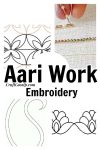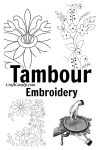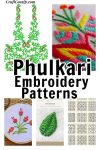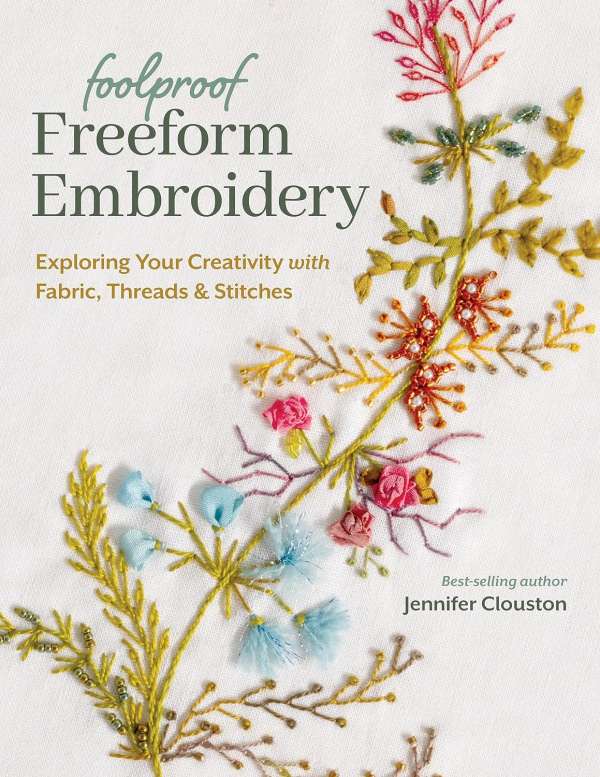
Once you’ve mastered the fundamental outline stitches, it’s time to move on to the fill stitches! Satin stitch is the most basic and widely used stitch, whereas long and short stitch is the foundation of thread painting.
Satin stitch is a basic and widely used stitch in embroidery. It creates a smooth and glossy surface, and is often used to fill in large areas. Long and short stitch is the foundation of thread painting, a technique where different colors are used to create a graduated effect.
Fishbone stitch is typically used to create leaf shapes and can be varied in terms of angle, spacing, and length. Crow’s foot stitch is not a very versatile stitch, but it can be used for decorative purposes and is fun to use.
Here are my top Fishbone Stitch Tips
Practice first: Before starting on your actual project, practice making fishbone stitches on a scrap piece of fabric. This will help you get a feel for the stitch and work out any kinks in your technique.
Use the right thread: Fishbone stitches are best done with a thin, smooth thread, such as a single strand of embroidery floss. Thick or fuzzy threads can make it difficult to achieve a neat and even stitch.
Use a hoop: To keep your fabric taut, use an embroidery hoop. This will make it easier to make even and consistent stitches.
Take your time: Fishbone stitches can be a bit tricky to master, so take your time and don’t rush. Make sure each stitch is even and consistent before moving on to the next one.
Vary the angles: To add interest and dimension to your fishbone stitches, vary the angles of the stitches. Experiment with different angles to create different effects and to find out what works best for your project.
Regenerate response





Leave a Reply